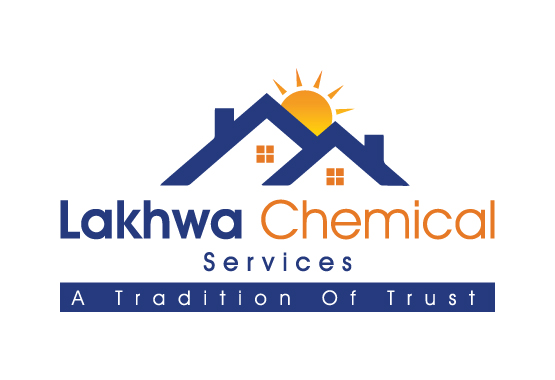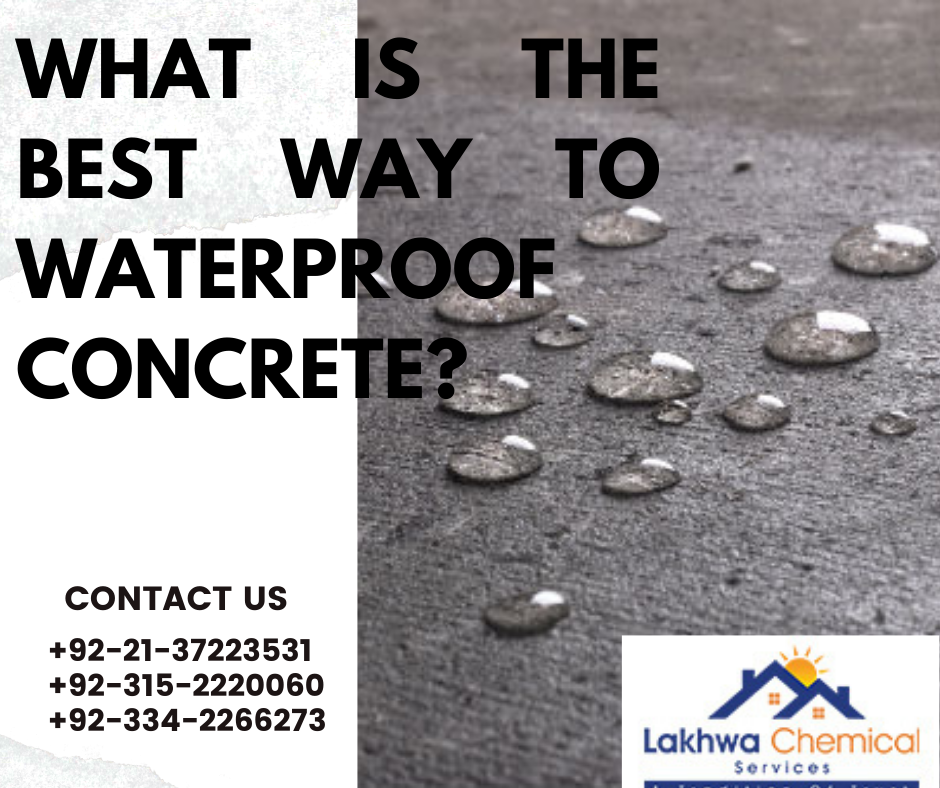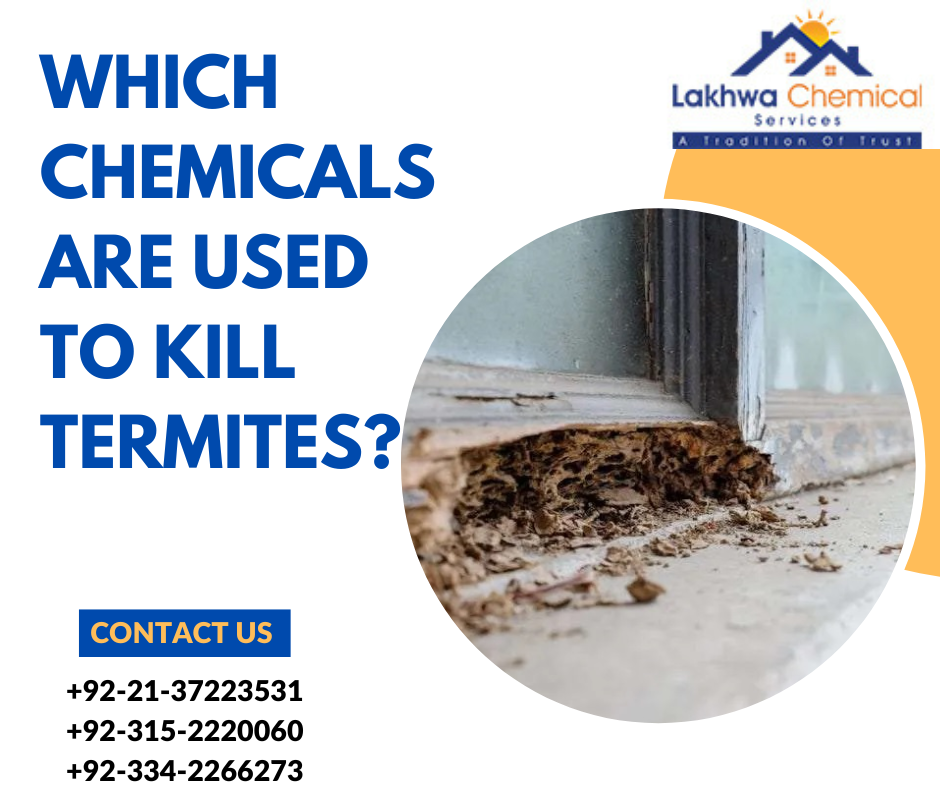What is the Best Way to Waterproof Concrete?
Concrete is a potent, easy to formulate material that can be transformed into various shapes and sizes. Apart from that, it is affordable and versatile. However, despite its toughness, concrete is porous. In other words, water can easily seep through its surface, leading to structural damage and rupturing. To mitigate the issues, effective waterproofing methods are mandatory.
Read More
Why Thermocol Sheet is Hard to Apply Over the Roof?
Can Thermocol Sheets for Roof Secure from Leakage?
5 Easy Steps to Apply Hot Bitumen Waterproofing Over Roofs
Problems Occurring from Moisture Ingress
Water acts as a strong force, causing significant damage to concrete structures over time. When water seeps into concrete, it can lead to various issues like structural damage, corrosion, freeze-thaw cycles, mold and mildew growth, damp plasterwork and more.
Cement-based Mixtures
Concrete Admixtures
Concrete admixtures are classified as chemical compounds used in the mixing of concrete. These slurries improve fresh concrete workability attributes like self-compacting and pumping. Furthermore, the concrete’s resistance increases profoundly. There are two types of admixtures available: water-repellent admixtures and crystalline admixtures.
Water-Repellent Admixtures
These admixtures reduce the porosity of concrete, making it more resistant to water penetration, corrosion, and efflorescence. Conversely, it is a breathable mixture that minimizes the possibility of condensation. It works by creating a hydrophobic barrier within the concrete mix.
Crystalline Admixtures
Crystalline admixtures react with water and unhydrated cement particles to form crystals. These materials block the concrete’s pores, enhancing its waterproofing properties. It can affect the initial-stage performance of cement-based mixtures. In addition, crystalline admixtures can fix ruptures and holes without much issues.
Surface Waterproofing Coatings
Surface waterproofing coatings are applied directly to the exterior of concrete structures. These coatings create a protective barrier that prevents water from infiltrating the concrete. Common types of surface coatings include:
Acrylic-Based Coatings
These coatings form a flexible and durable waterproof layer on the concrete’s surface. They are easy to apply and offer good resistance to UV rays.
Read More
Benefits of Using Acrylic Based Waterproofing For Your Homes
How is Cooling Paint Different From Regular Paint?
Tips on Finding the Best Spray Foam Price in Pakistan
Polyurethane Coatings
Polyurethane coatings are known for excellent flexibility and adhesion. It can withstand extreme weather conditions, such as rain and hail.
Elastomeric Coatings
Elastomeric coatings can stretch and contract with concrete movements, making them ideal for areas prone to structural shifts. They provide long-lasting waterproofing protection.
Integral Waterproofing Systems
Integral waterproofing is a beneficial and versatile process. It consists of various additives, such as hydrophobic admixtures and waterproofing chemicals added to the concrete mix during the batching process. This method helps to cover the entire concrete structure, rather than the surface only.
Sheet Membranes
Sheet membranes are barriers placed on the surface of the concrete to prevent water penetration. They are made from materials like modified bitumen, rubberized asphalt, or PVC. Sheet membranes are effective for below-grade applications, such as basements, where water pressure is high.
Cementitious Waterproofing
Cementitious waterproofing involves the application of a thin layer of cement-based waterproofing compound to the concrete surface. This compound contains cement, sand, and special waterproofing additives. It forms a durable, protective layer resistant to water infiltration.
Hydrophobic Sealers
Hydrophobic sealers are applied to the concrete’s surface to repel moisture. They create a barrier that forces water to bead on the surface rather than being absorbed. These sealers are useful for protecting concrete driveways, sidewalks, and other outdoor surfaces.
Conclusion
The best method for waterproofing concrete structures depends on various factors, including the specific application, budget constraints, and environmental conditions. Each of the methods discussed has its advantages and limitations, making it essential to carefully evaluate the requirements of your project.
In some cases, a combination of waterproofing methods may be the most effective approach. For example, using integral waterproofing in combination with surface coatings or sheet membranes can provide comprehensive protection.
Ultimately, the choice of the best waterproofing method should be based on a thorough assessment of your project’s needs, local climate conditions, and available budget. Regardless of the method chosen, proper waterproofing is a vital investment in ensuring the longevity and durability of concrete structures, saving both time and money in the long run.
Contact Lakhwa Chemical Services for a fool-proof cement-based covering!




Leave a Reply
Want to join the discussion?Feel free to contribute!